At our orthodontics clinic in McAllen, Texas, patients often ask Dr. Taylor about single arch braces treatment. So, we thought it would be helpful to explain this type of treatment in more detail.
Arches are the u-shaped arrangements that make up your dentition (the arrangement of teeth). Your upper teeth are an arch, and your lower teeth are an arch. “Single arch” treatment means that we only place braces on either the upper or lower teeth.
Many people ask this question: “If my teeth are crooked on top but perfectly straight on the bottom, why would I need braces on both?” The answer isn’t as simple as you may think and varies from patient to patient. The reason for this is that orthodontic treatment is more complex than just straightening teeth.
Your perfect smile is easier than you think!
I had a wonderful experience going to A Perfect Smile! Service was always friendly, and I was always taken in in reasonable time. I would definitely recommend this orthodontist to anyone. My teeth are straight and beautiful and I couldn’t be happier.” – Jadyn B.
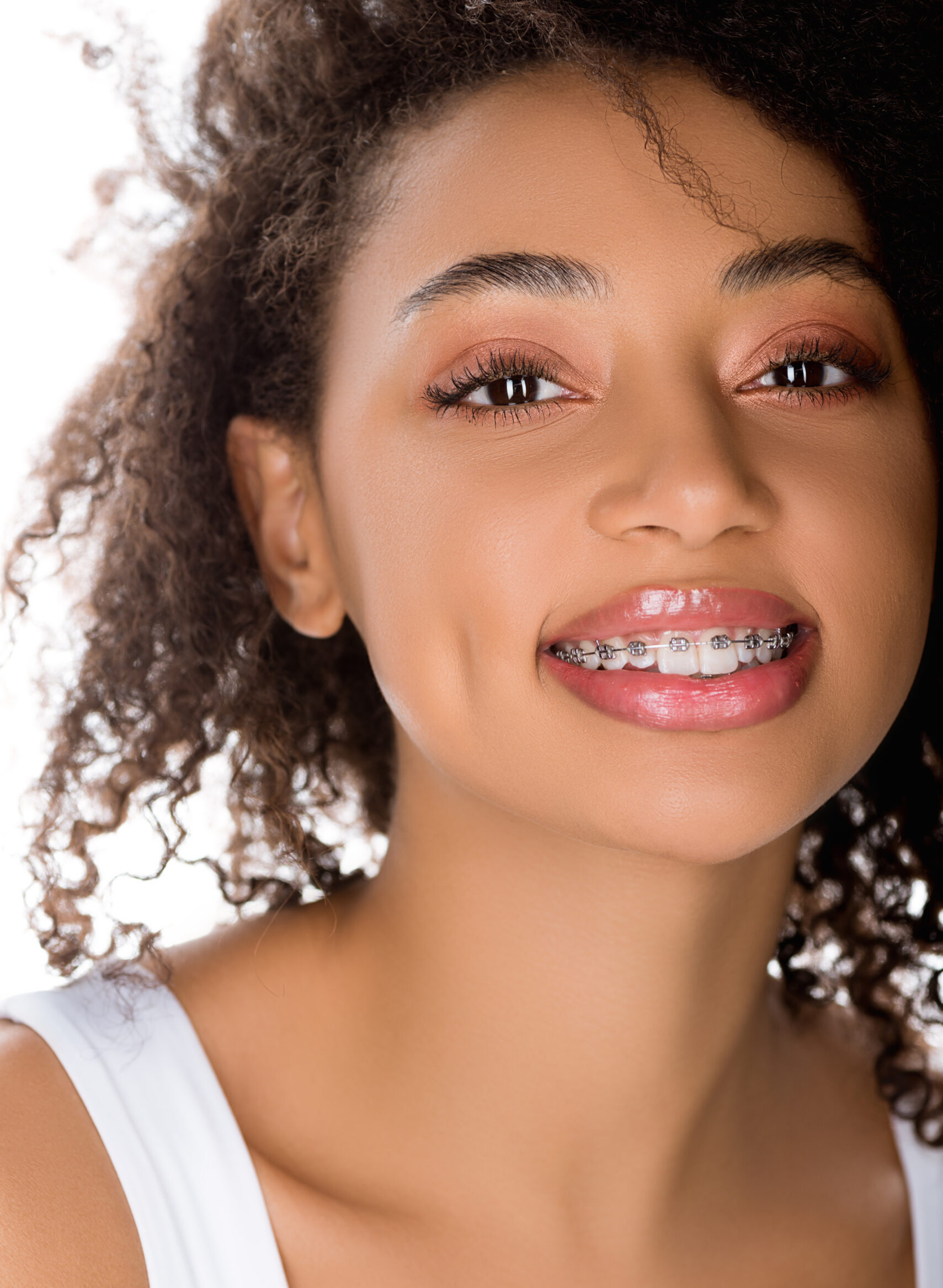
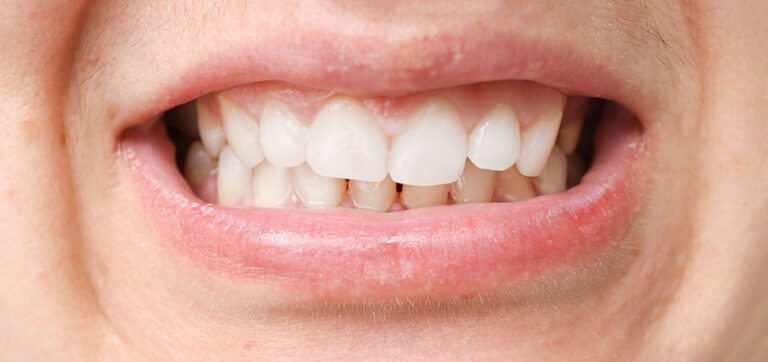
When teeth are overcrowded or crooked, and braces are applied to straighten them, the teeth will gradually shift into the correct position but also move forward to allow for more space. In other cases where teeth have gaps between them and braces are applied to move them together, the teeth have a tendency to move backward as they align together. This may create bite problems, also called malocclusions.
A malocclusion is a misalignment or incorrect relationship between the teeth of the two dental arches (upper and lower teeth) when they approach each other as the jaws close.
Depending on the severity and type of misalignment, malocclusions are rated as Class I, Class II, or Class III.
If you already have an overbite and you have crooked teeth, if we were only treating this condition with single arch braces, then this could actually make the overbite worse since crooked teeth move forward as they straighten.
On the other hand, if your bite is fine to begin with but you have crooked upper teeth, putting braces only on the top teeth may create an overbite.
Think of your upper and lower teeth like cogs in a wheel: the “teeth” need to be straightened in order to fit correctly into the wheel. But if the cog and wheel don’t fit properly together because of misalignment, then many problems can occur.
Click here for more details on different malocclusions.
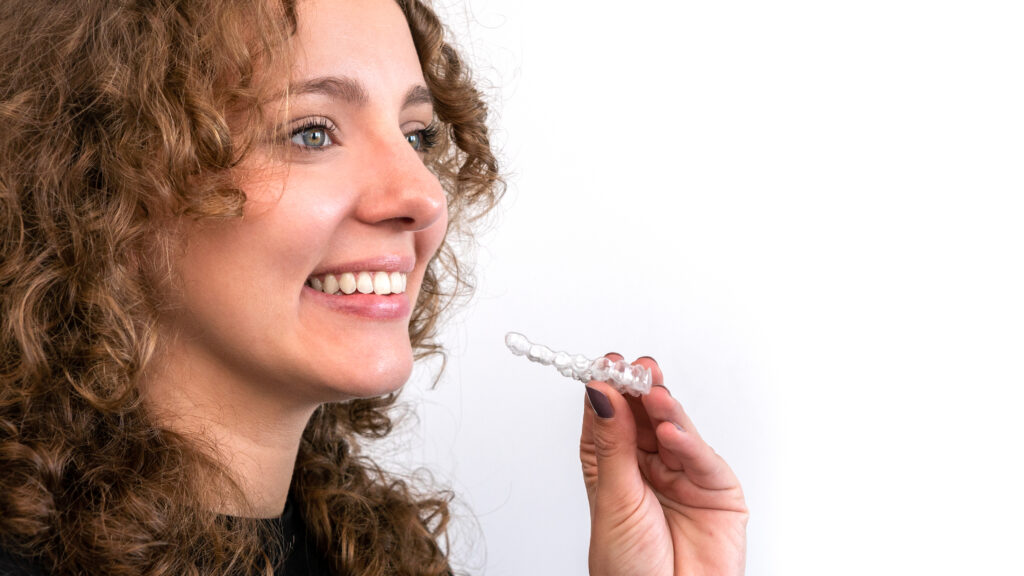

Malocclusions can cause long-term health problems. They can also get worse with time. Severe malocclusions can cause the jaw to thrust forward or sit too far back and change a person’s appearance. Misalignments can also affect facial symmetry.
Sometimes, placing braces on only one arch is an option, although it’s not that common. They may be used in younger children when beginning Phase 1 of their orthodontic treatment plan before proceeding to Phase 2.
Another example might be when a patient has a slight overbite and some spacing problems in the upper teeth. Because teeth with gaps or spaces tend to move backward with braces, a single arch treatment might also correct the slight malocclusion.
Everyone has their own needs. Dr. Taylor is a Board-certified Orthodontist and has years of experience treating all types of conditions. We offer a free consultation to anyone interested in braces for themselves or for their child. This includes an oral exam and x-rays, along with a question-and-answer session with Dr. Taylor to help determine what’s right for you.
Or fill out the form below and we will contact you.
Click HERE to see the different braces that we offer and to schedule your consultation, or feel free to call us.
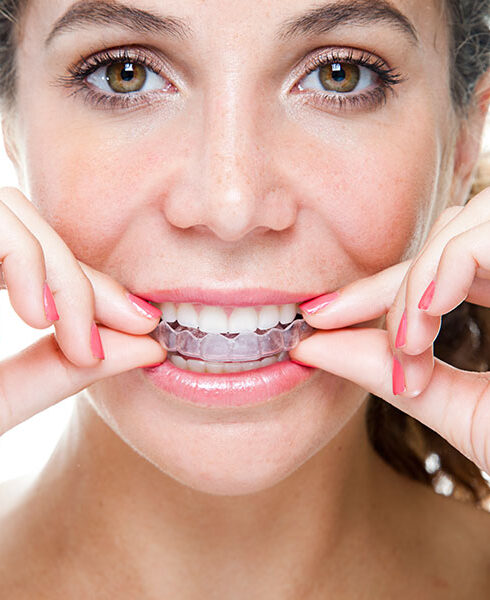
Dr. Taylor is a Board Certified Orthodontist with over 15 years of experience and the only Gold Plus Provider of Invisalign in McAllen and the Rio Grande Valley.
Dr. Taylor is recognized by his colleagues and patients as a consummate professional. He is also widely recognized in our RGV community for providing excellent orthodontic treatment for children and adults.
If you have been on the fence about whether to explore braces as an adult, call us! Dr. Taylor offers a free, no-obligation consultation to anyone considering braces.
Our family-friendly environment is welcoming to patients of all ages, and our staff is eager to help you with your orthodontic needs!
Your consultation includes a complete, painless exam, which will include x-rays. Dr. Taylor will go over exactly what to expect and what options work best based on your individual needs and budget.
We believe financial considerations should not be an obstacle to getting a healthy, beautiful smile. We are sensitive to the fact that people have different financial situations and can provide you with several payment plan options.
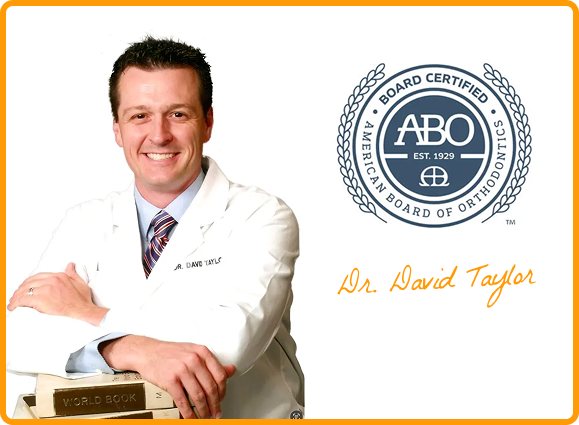
“Dr. T & the whole staff are amazing, warm & caring environment. I get to see my baby smile now. Shes has gained so much confidence since starting treatment. Love you all & thank you so much.” -Cassandra W.
“10/10 overall experience, staff is very gentle & friendly. My teeth look great! 😁” – Kimberley N.
“I always had a great experience during my appointments, was always treated nicely and all the staff were very respectful and kind to me. They did a great job on my smile, and I’m so happy with the outcome!” – Paulina M.
These are just some reasons we’re the best orthodontist in the Rio Grande Valley.
But don’t just take our word for it. Read our reviews, then come in and find out how easy it can be to get a perfect smile!
Feel free to contact us if you have any questions or concerns about your orthodontic health. Simply call us at 956.630.6166, or complete the form below and we'll get back to you.
"*" indicates required fields
Sometimes, placing braces on only one arch is an option, although it’s not that common. They may be used in younger children when beginning Phase 1 of their orthodontic treatment plan before proceeding to Phase 2.
Another example might be when a patient has a slight overbite and some spacing problems in the upper teeth. Because teeth with gaps or spaces tend to move backward with braces, a single arch treatment might also correct the slight malocclusion.
Everyone has their own needs. Dr. Taylor is a Board-certified Orthodontist and has years of experience treating all types of conditions. We offer a free consultation to anyone interested in braces for themselves or for their child. This includes an oral exam and x-rays, along with a question-and-answer session with Dr. Taylor to help determine what’s right for you.
Or fill out the form below and we will contact you.
Click HERE to see the different braces that we offer and to schedule your consultation, or feel free to call us.
Feel free to contact us if you have any questions or concerns about your orthodontic health. Simply call us at 956.630.6166, or complete the form below and we’ll get back to you.
"*" indicates required fields